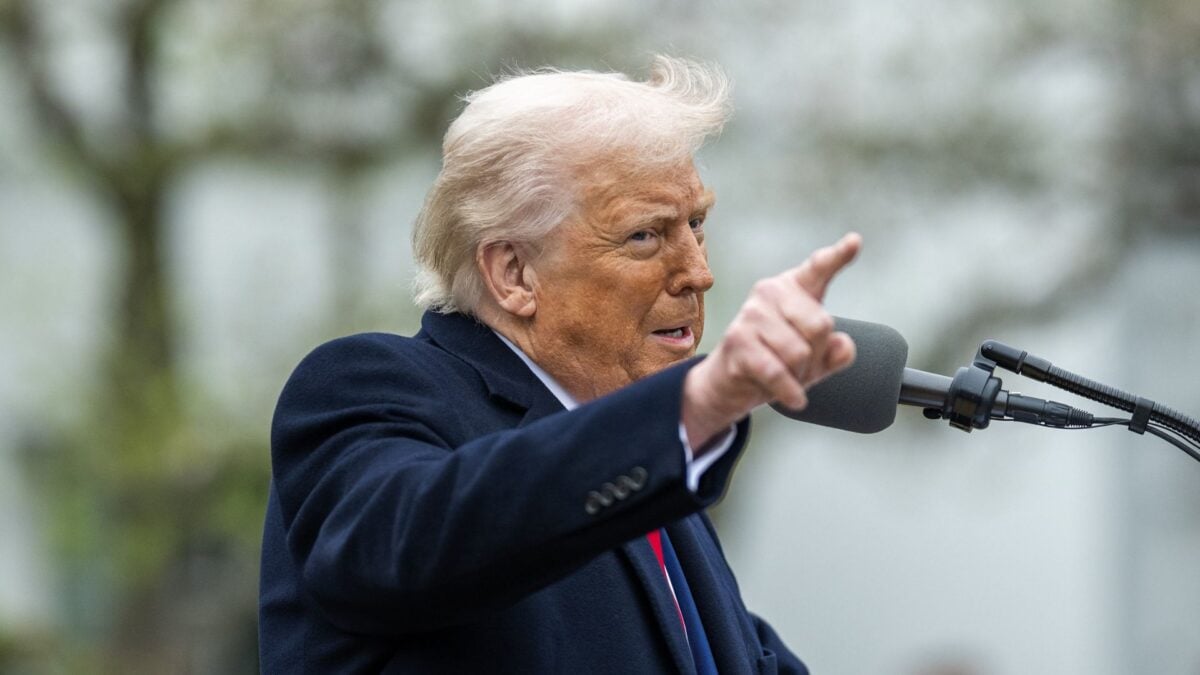A day after the Trump administration unveiled its sweeping new tariff regime, it’s hard to find a single economist who supports the policy — or can even explain the logic behind it.
The reason is simple: the tariffs make no economic sense.
How the New Tariff Rates Work
Under the new system, every country starts with a baseline 10% tariff, even if it runs a trade deficit with the United States.
Now, if a country runs a trade surplus (in goods) with the U.S., its so-called “reciprocal rate” increases. Specifically, it amounts to half the percentage size of that surplus relative to bilateral trade in goods in 2024.
But as the case of Vietnam and many other countries demonstrates, there’s little “reciprocal” about these tariffs.
The Case of Vietnam
Vietnam is among the countries hardest hit by the Trump tariffs — and the reason is straightforward: it runs a massive trade surplus with the U.S.
Since the 2010s, the communist country has emerged as an alternative to China for low-value apparel as well as more advanced electronics, including LG and Samsung televisions and computer monitors.
In 2024, Vietnam’s exports to the U.S. made up 91.3% of total bilateral trade in goods. Under the Trump tariff formula, that ratio is divided by two and rounded to the nearest whole number — yielding a steep tariff rate of 46%.
But Vietnam is not being punished for imposing heavy tariffs on U.S. goods. According to the Department of Commerce, most U.S. exports to Vietnam “face tariffs of 15% or less.”
By contrast, India — which has the highest tariff rates of any major world economy, including 45% on vegetable oils and 150% on alcoholic beverages — has been hit with an additional 27% tariff under the Trump plan. That’s nearly 20 percentage points lower than that of Vietnam.
Guyana Punished for Its Geology
The example of Guyana further underscores just how misguided the Trump tariff policy is. Guyana — one of the poorest countries in the Western Hemisphere — has been hit with a 38% additional tariff.
Yes, it runs a large trade surplus with the U.S., but that’s because it exports crude oil to the U.S.
Guyana today is one of the world’s fastest-growing economies, thanks to a massive offshore oil discovery by a consortium led by ExxonMobil, the U.S. oil giant.
But that deal over the Stabroek Block has been widely criticized as extremely favorable to ExxonMobil. Additionally, its crude oil is shipped to the U.S. and refined here — meaning there’s little value added by Guyana itself.
In fact, in 2023, Guyana imported over $500 million in refined petroleum products from the U.S., along with $55 million in excavation machinery — equivalent to about 18% of the value of its crude oil exports to America.
In other words, there’s a complementary relationship between the two countries. But it’s one that disproportionately benefits one of the largest U.S. corporations and its investors.
ExxonMobil’s net oil production hit a 10-year high in 2024, driven in large part by its operations in Guyana. Its stock (NYSE: XOM) has surged by nearly 200% over the past five years.
As for Guyana’s trade surplus: it’s a recent development. As recently as 2019, Guyana had a significant trade deficit with the U.S. For years, it also suffered a brain drain, with many of its educated citizens and working-age population migrating to the U.S.
But the bottom line is this: Guyana’s trade surplus isn’t the result of trade policy. It’s the result of geology: the country is rich in oil and has a relatively low break-even cost for extraction.
Trump Doesn’t Know Economics
Trump, long marketed as a business genius, has repeatedly demonstrated a poor grasp of macroeconomics. He has confused gross domestic product (GDP) with GDP growth rate — even claiming at one point that the U.S. GDP “was below zero.”
Simply put, Trump has little idea of how the global economy works. Markets thrive off of certainty — and since the end of the Second World War, the U.S. has provided a stable foundation for global trade. But Trump’s politics thrive off of performative chaos and a spirit of vengeance.
His tariff formula punishes countries for supply and demand imbalances that are a function of a free market — not economic protectionism. There is no clear pathway for individual countries to negotiate better trade terms. It will be a free for all. Lots of wheeling and dealing and backtracking.
In the case of Guyana, a country with a population of less than 1 million, there’s little it can do to rebalance trade aside from stopping oil exports — in violation of its deal with ExxonMobil and other oil giants. A key U.S. ally in the Americas, Guyana may now be more vulnerable to aggression from neighboring Venezuela.
And punishing Vietnam may actually benefit China, which — with its scale and efficiency — may offer cost advantages for importers.
In other words, the Trump tariffs will not only do little to rebalance U.S. trade, it will also likely have strategic costs that may not always be immediately quantifiable.
Above all, U.S. consumers and the global economy will suffer. The U.S. is now headed toward “stagflation” — a toxic mix of slow or negative economic growth and stubbornly high inflation. Trump is now poised to become not the savior for the U.S. economy, but its angel of death.
Arif Rafiq is the editor of Globely News. Rafiq has contributed commentary and analysis on global issues for publications such as Foreign Affairs, Foreign Policy, the New Republic, the New York Times, and POLITICO Magazine.
He has appeared on numerous broadcast outlets, including Al Jazeera English, the BBC World Service, CNN International, and National Public Radio.



